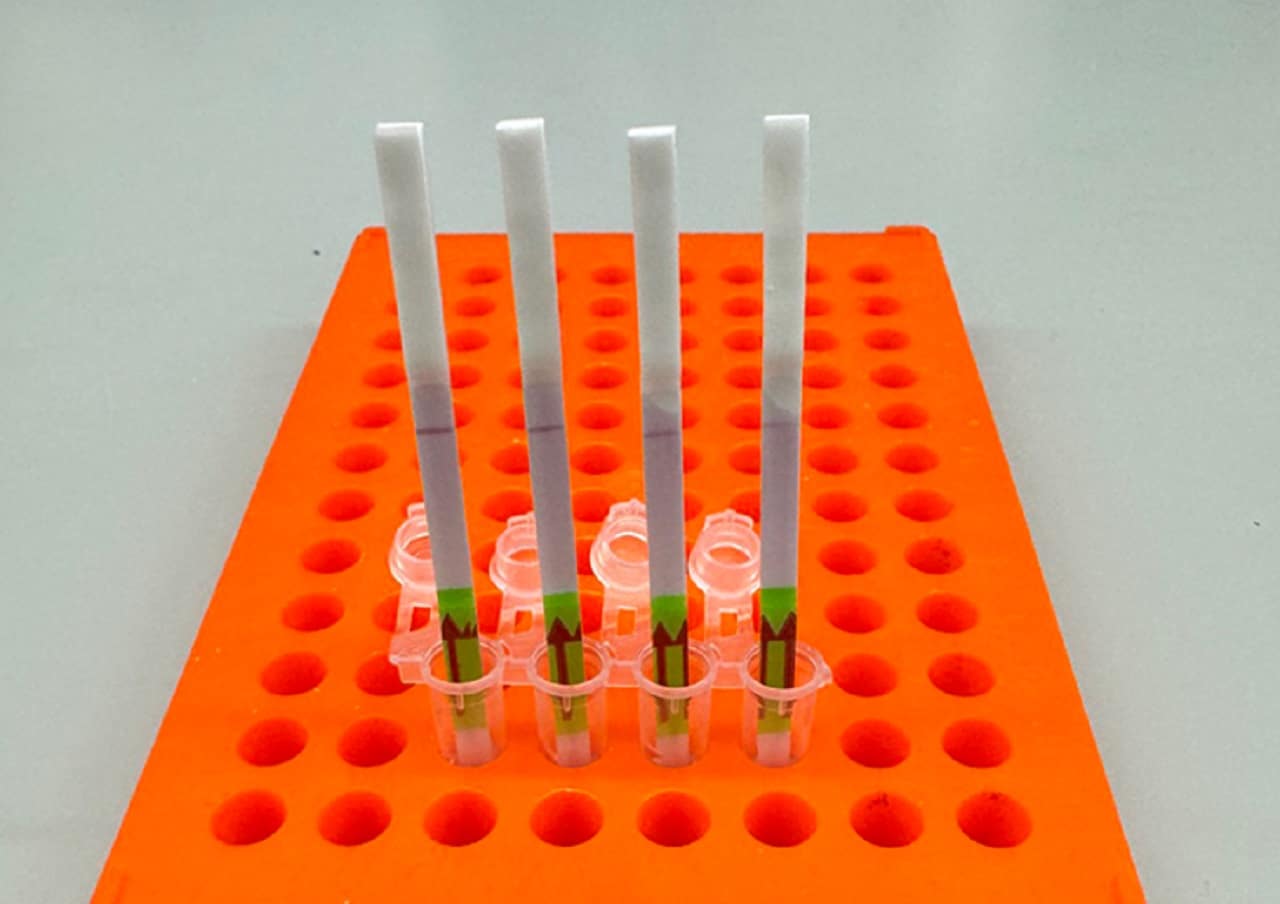Time: 2024-06-25
A recently developed paper test strip may revolutionize the way influenza is detected, potentially identifying avian and swine flu strains along with different influenza types. Researchers from Princeton University, the Broad Institute of MIT and Harvard University, and the US Centers for Disease Control and Prevention collaborated on this project to create a one-step test strip using CRISPR gene-editing technology. The test strip can differentiate between influenza A and B, as well as subtypes H1N1 and H3N2. Moreover, with further advancements, the test strip could potentially distinguish between SARS-CoV-2 and flu, recognizing swine flu and avian flu strains like the H5N1 subtype causing an outbreak in US dairy cattle.
The team tested the strip using samples from the 2020-2021 flu season and compared the results to quantitative reverse transcription-polymerase chain reaction (RT-PCR) tests. The paper strip test showed 100% agreement with the more expensive and time-consuming RT-PCR tests, proving its efficacy in identifying two target viruses simultaneously. This could be beneficial in distinguishing between flu strains susceptible or resistant to the antiviral drug oseltamivir (Tamiflu).

Typically, only a small percentage of people with the flu get tested due to the need for trained staff and expensive equipment. However, researchers from the Broad Institute, MIT, Harvard, and Princeton, in collaboration with the CDC, have developed a low-cost paper strip test using CRISPR technology. This test has the capability to identify various flu types and subtypes, including those resistant to treatment. Published in The Journal of Molecular Diagnostics, the study's results offer hope for improved outbreak response and clinical care through accurate, affordable, and rapid testing worldwide.
The test utilizes SHINE technology, employing CRISPR enzymes to identify viral RNA in samples. Originally developed for SARS-CoV-2 detection, researchers adapted SHINE in 2022 to detect flu viruses, aiming for field or clinic use without the need for expensive equipment. The test's paper strip readout is considered a significant advancement for clinical care and epidemiological surveillance, offering a faster and more accessible alternative to traditional diagnostic methods.
Identifying specific influenza strains affecting patients is crucial for tailored treatment and effective public health response. Rapid tests like the one developed by the research team not only aid clinicians in choosing appropriate antiviral treatments but also help in monitoring outbreaks more efficiently. The researchers are currently working on adapting SHINE technology to detect avian and swine flu strains like H5N1, further enhancing public health preparedness against emerging infectious diseases like influenza and COVID-19. This innovative testing approach has the potential to transform influenza diagnosis and surveillance practices worldwide.